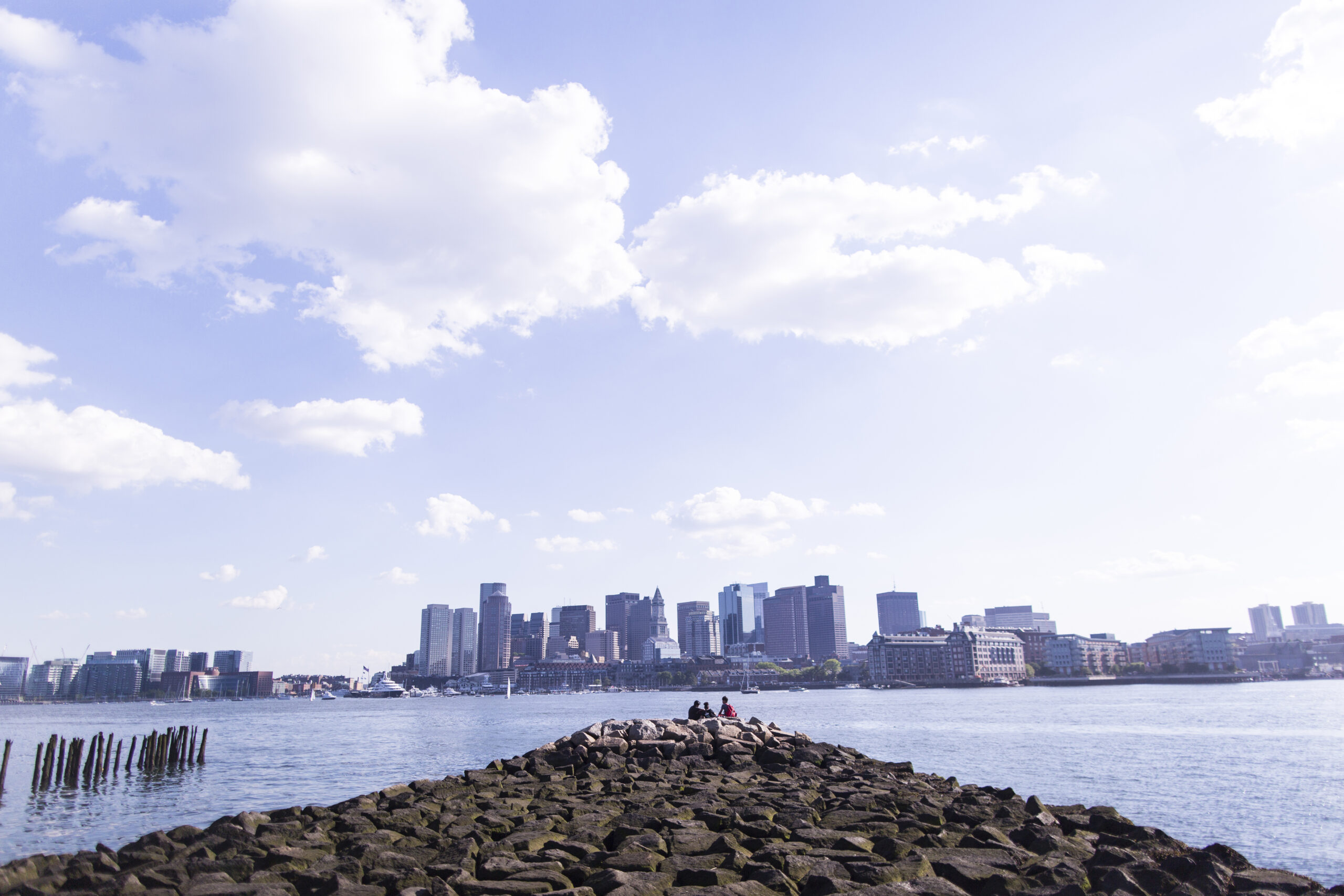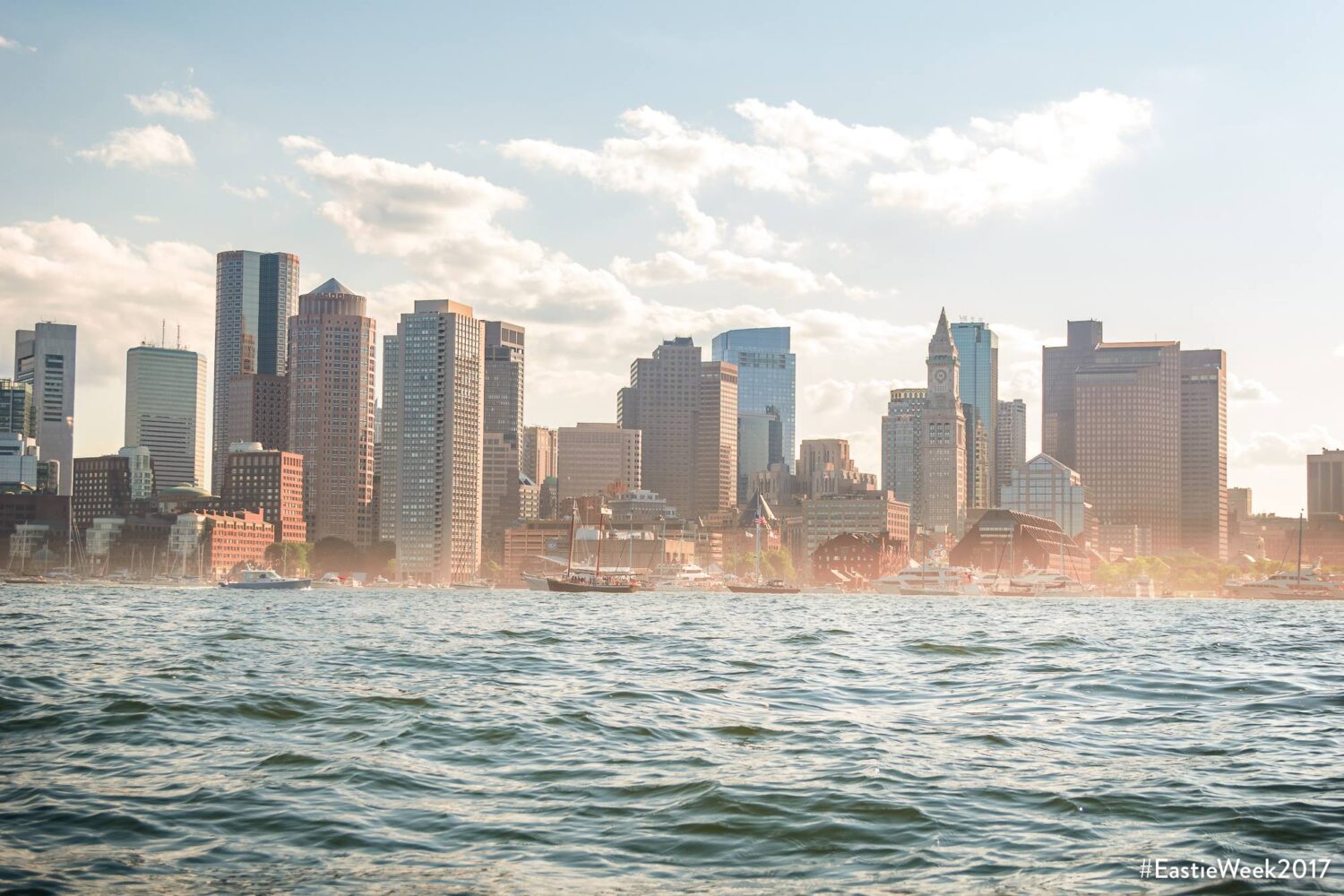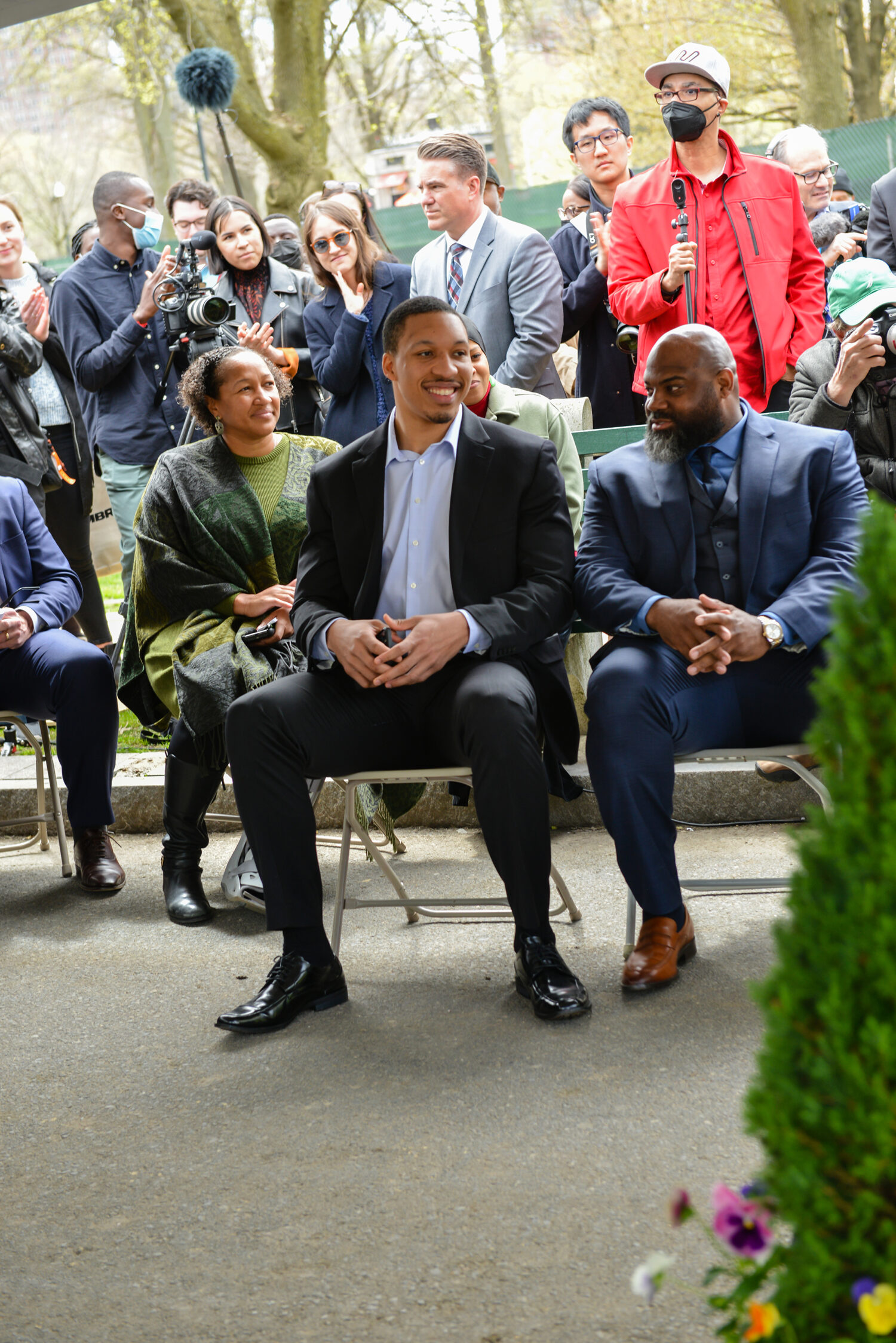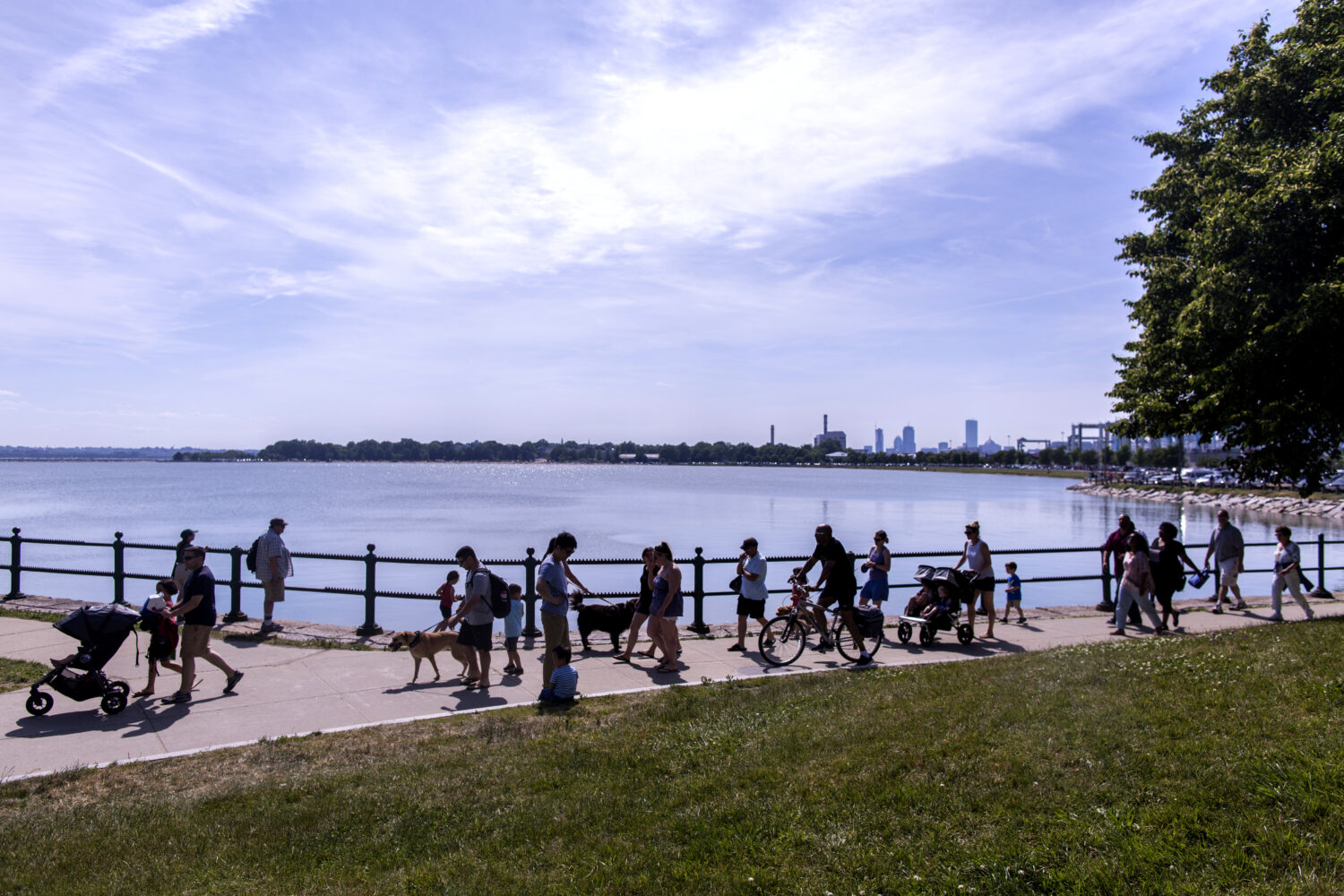Boston residents are ready for change. At public forums, the voting booth and in the community, they are declaring loud and clear that we need to embrace a vision of a more equitable, inclusive and resilient city — including along Boston’s waterfront.
Stretching more than 40 miles from East Boston to Dorchester, Boston’s waterfront is a complex, interconnected and essential resource for our city; it encompasses housing, commercial and industrial areas, beaches and parks, cultural institutions and more. The waterfront is critical to the public health, safety, economic prosperity and wellbeing of every neighborhood and community in Boston.
In this moment of enormous opportunity, when the new administration of Mayor Michelle Wu has demonstrated a willingness to rethink traditional approaches — including appointing a new, cabinet-level Chief of Planning — how can Boston achieve tangible, sustainable and inclusive change on the waterfront? Along with community-focused work already underway on the waterfront, city officials, advocates and residents can — and should — consider examples from other cities that have embraced innovative and intentional efforts to improve their waterfronts.
In our work at the Barr Foundation, we have identified three essential components to creating a waterfront all residents can access and benefit from. These components seek to answer three key questions around any new developments: How does planning happen? Who is involved in that planning? And how do projects get funded?
How Planning Happens: Coordinate Waterfront Efforts
To realize a more robust, equitable vision for Boston’s waterfront, more intentional city-level coordination of waterfront projects, led by a single individual or entity, should be a key priority for city leaders.
In Seattle, the city’s Office of the Waterfront and Civic Projects is leading the development of Waterfront Park, a 20-acre redevelopment that will create opportunities for education and recreation, along with vital habitats and natural areas. The park will be among the most accessible areas of downtown Seattle, reachable by bike, bus, foot, ferry, water taxi, light rail and automobile. The Office of the Waterfront and Civic Projects is a city entity specifically charged with oversight of waterfront efforts.
Such an entity does not exist in Boston. As a result, strategic planning discussions about the waterfront, opportunities for public engagement, conversations about financing and more are too often siloed in different areas of city government, bogged down by competing interests or deprived of the focus they deserve.
Who’s Involved: Engage a Diverse Group of Stakeholders
At the same time, creating a dedicated office or official in City Hall to oversee waterfront projects will not meaningfully improve things unless that office or official remains deeply engaged with every community impacted by changes to the waterfront. In Boston, we must be committed to engaging broad and diverse groups of residents, advocates, businesses and others, from the earliest planning stages through project completion and beyond.
Today, Brooklyn Bridge Park is a jewel of the New York City waterfront — an 85-acre park on the Brooklyn side of the East River that includes walking paths, playgrounds, picnic areas and more. Creating the iconic park required decades of evolution — from an initial, small group of advocates to a much larger, more diverse group of stakeholders who ultimately joined in the planning. At Philadelphia’s Bartram’s Garden, a public park and 50-acre National Historic Landmark next to a public housing development, inclusivity meant going beyond opportunities for residents to engage in planning. Park officials and leaders first had to help neighbors understand their right to be in the park and enable them to see their community enjoying the space. Clearly, the building blocks of a thriving waterfront evolution are rooted in community.
How It’s Paid For: Share the Financial Burden
Finally, given the scale of Boston’s waterfront, it is clear that the financial burden cannot fall solely on either public funding, private financing or philanthropy alone; it must be shared across sectors.
The power of collaboration and shared investment is reflected in Seattle, where the total Waterfront Park price tag of $739 million is shared between philanthropy ($110 million), city funding ($262 million), state funding ($207 million) and a local improvement district ($160 million). Going back a little further in Boston’s history, the Boston Harbor clean-up in the 1970s and ‘80s leveraged billions of dollars in public and private investment to safeguard the harbor for generations to come. As we plan for other ambitious projects along Boston’s waterfront, city leaders and advocates must be intentional about pulling in different funding streams to generate the necessary resources.
Our city, our community and our waterfront is unique. But as we look to respond to the public call for change and take bold action to make our waterfront more equitable, inclusive, and resilient, we can learn from the experiences and innovations of other cities. Both successful and unsuccessful, urban waterfront revivals can inform how city officials, advocates and communities connected to the waterfront in Boston can work together to build the future of this vital resource.
This blog post was originally published as an op-ed on April 7, 2022 by GBH News under the title: “It’s time to create a city office dedicated to Boston waterfront projects.”




